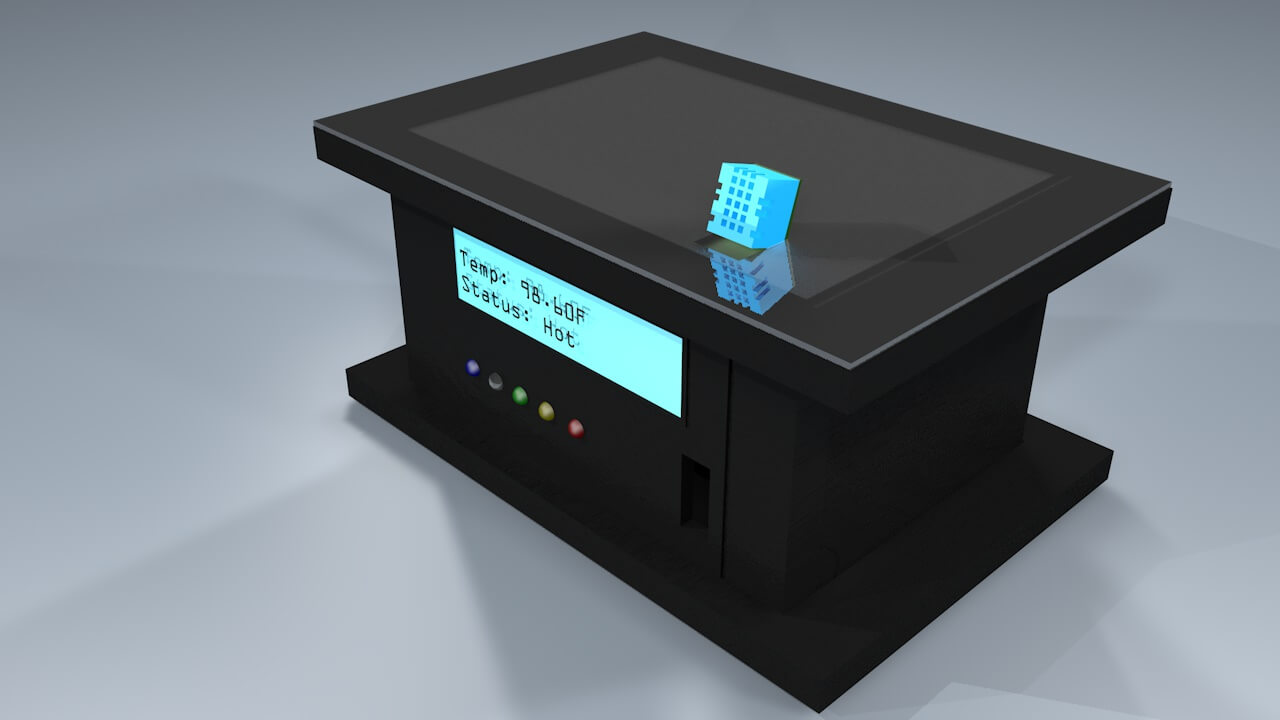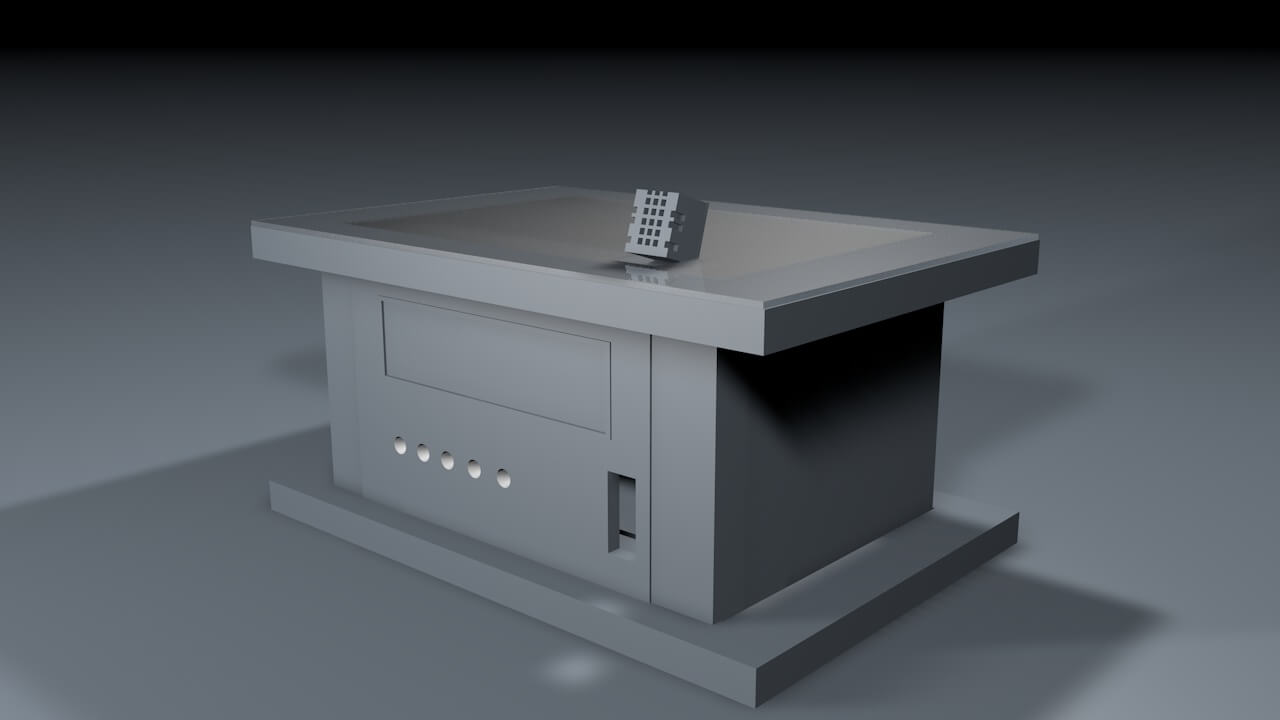My Final Project
My original Final Project idea started off as a Cat Cabin for year round living for stray outside cats.
Upon further research it became clear that, in terms of length of time that the completion of this project
would take, as well as construction, wiring, & a realistic troubleshooting a window. I decided to go in a
new direction and go with a different idea altogether. The cat cabin will still be built, I just wont use it as
a final project for this assignment.

Here is a sketch of my new idea for my final project.
The idea that I decided to go with is an audio decible detector and visual outptut system
called "Noisey Boy". This device will use a microphone to detect ambient noise in the room.
Based on the volume of that noise, the device will output signals to different parts of the
devices' led screens, lights, and digital db meter.

New Idea...Temp/Humidity Sensor
Research for new project
In terms if research. I used my experience as a teacher, working in a classroom.
Often volume fluctuates from lower to higher at different times. So I figured it
would be a good idea to have a visual reperesentation of how loud the perceived
volume actually is. When the volume is within, below, or above desired thresholds,
the device will output certain values that will activate indicater lights and LED's.
This device will feature 3 output mechanisms. A db meter, led light indicator, and
led solid color display.
New Final Project Implementation

After lots of trial and error, and changing my min several times. I have decided for my final project
that I will create a temperature/humidity detection device. This device will read and display the current
temperature as well as the current humidity. The Lcd screen will provide this visible information with both
numerical values, as well as text to identify the status of the current temperature.
In addition to the information being displayed on screen, this device will also feature five 5mm led lights
that will respond according to the current temperature. If time provides I will add a humidity icon to the
right of the led array which will also alert user if humidity has reached an undesirable preset threshold.
Future iteratons of this device would feature rain detection as well as measure rain accumulation. These values
would be sent to a user's phone via text or by way of wifi through the weather app associated with this device.
This device would ideally be placed on a desk or a window seal.
What's inside ???
I will be using an arduino uno r3 board to run this device. The pcb's that were designed to go with this project
were not able to be used and configured in time. This was a result of bad planning on my part, and changing ideas
on what the final project would actually consist of. Most of the ideas were good and a degree of progress was made in
each project. But in the end, when considering time, cost, troubleshooting & replication of parts or entire device.
The most logical and effective approach would be to just go with this weather device.
Items:
=======
- Arduino Uno R3
- DHT 11 Temp/humidity sensor
- 16x2 lcd display w/ i2c adapter
- (5) Led array [white, blue, green, yellow, red]
- 5x 220Ω resistors
How everything was made
I used chatGPT to help me stitch some of the code pieces together. I already knew how to power on an LED, and send data
to the lcd screen, but I had a tough time getting the temp sensor to work. I tried 2 different sensors. The first one didn't
work. The 2nd one I tried worked fine but I disconnected a wire during testing, so I thought that this sensor did not work.
The sensor worked fine, I just overlooked a cable that I pulled out by accident. This made it rough trying to pull everything
together in a timely manner. So I called upon chat gpt to help me organize the code. I still made changes to make it work
which is expected with using A.I. So I surely leaned upon A.I. to make sure I was lined up all of my sensors using correct
power pins on the arduino board, because I struggled with choosing the correct ones. I had questions about power consumption
so I asked chat gpt if my setup would run without any major power draw from one sensor. But everything worked out great.
Here is access to the files and code used to create this device
Cinema 4D native file
Weatherbox stl file
J's Weather Box
Here are a few renders and videos of my weatherbox. It displays current temp & humidity.
There are also messages on screen as well as color indicator lights that will illuminate
based on the current room temperature. The Final version isn't pretty by any means & I
really wanted to show of a better looking version of this device to show that I have learned
alot with 3d printing and machine cutting and carving. My 3d printer fell apart a few days
before upload deadline so I had to use my protype sketch model as my actual show piece.
I should have been more prepared, but I wasn't.


Videos of J's Weather Box
Explaining what my device does
Text changing on-screen
WeatherBox plugged into a battery bank for power
WeatherBox changing temps
.